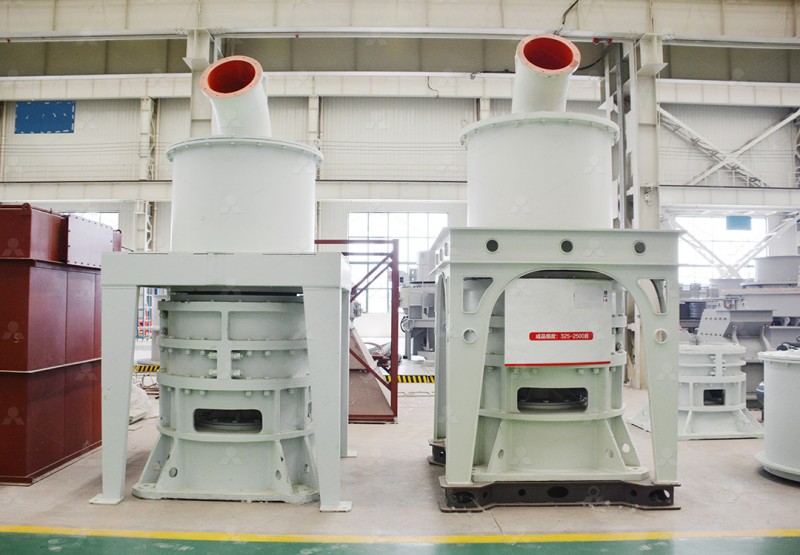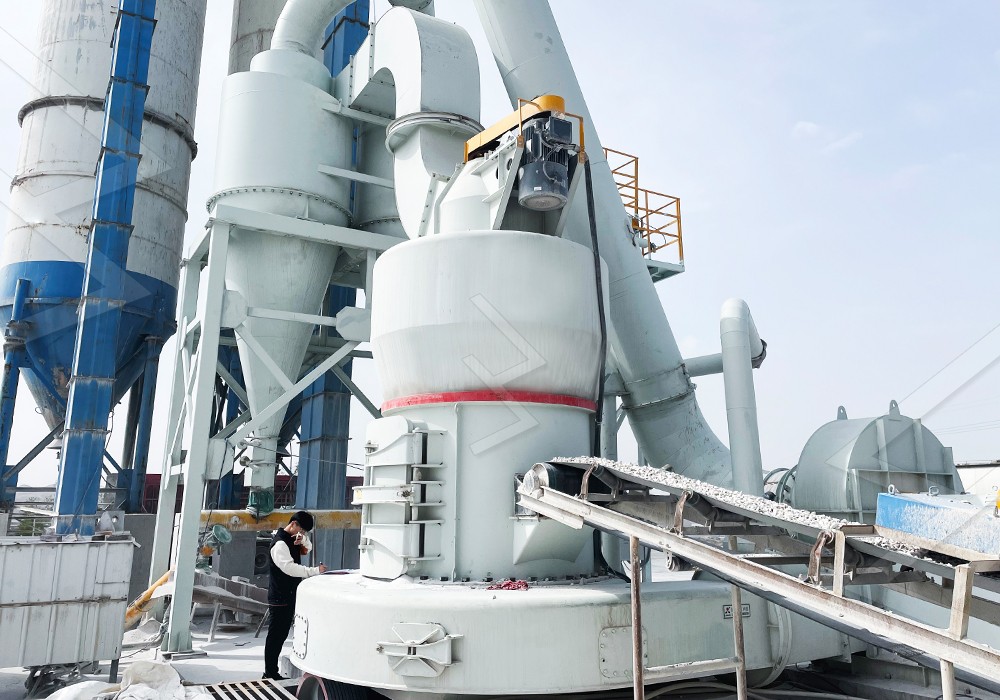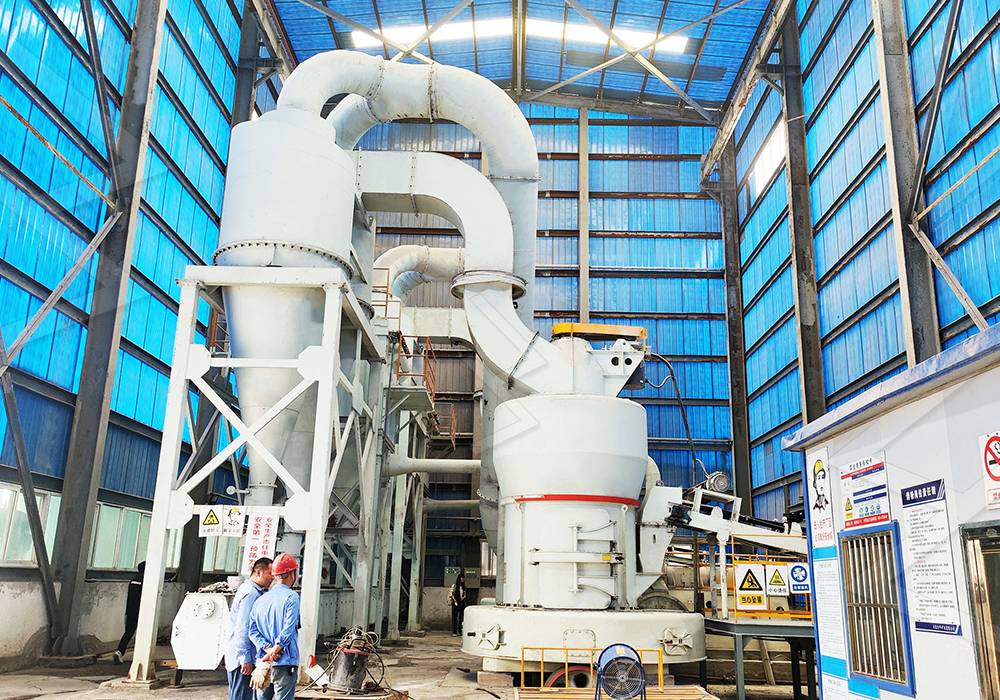Which Brand of Grinding Mill Can Produce Limestone Powder with Ultra-Fine Particle Size?
Which Brand of Grinding Mill Can Produce Limestone Powder with Ultra-Fine Particle Size?
In today’s competitive industrial landscape, producing ultra-fine limestone powder has become essential for numerous applications across construction, pharmaceuticals, cosmetics, and chemical industries. The quest for equipment capable of delivering consistent ultra-fine particle sizes while maintaining operational efficiency leads many professionals to ask: which grinding mill truly meets these demanding specifications?
The challenge lies not only in achieving the desired fineness but also in maintaining production capacity, energy efficiency, and environmental compliance. Traditional grinding methods often fall short when it comes to producing powder in the 325-2500 mesh range consistently.

The Solution: Advanced Ultrafine Grinding Technology
After extensive research and field testing, one solution stands out for its exceptional performance in ultra-fine limestone powder production: the MW Ultrafine Grinding Mill. This advanced milling system represents a significant leap forward in grinding technology, specifically engineered to address the challenges of ultra-fine powder production.
What sets the MW Ultrafine Grinding Mill apart is its remarkable ability to process limestone with input sizes up to 20 mm and transform it into powder with fineness adjustable between 325-2500 meshes. With a capacity range of 0.5-25 tons per hour, this machine caters to both small-scale operations and large industrial requirements.
Key Advantages for Limestone Processing
The MW Ultrafine Grinding Mill incorporates several groundbreaking features that make it ideal for limestone powder production. Its newly designed grinding curves for rollers and rings enhance grinding efficiency dramatically. Comparative studies show that with identical fineness and power consumption, this mill achieves 40% higher production capacity than jet mills and stirred grinding mills, while doubling the output of traditional ball mills.
Perhaps most impressively, the system energy consumption is only 30% of conventional jet grinding mills, representing substantial operational cost savings. The cage-type powder selector, incorporating German technology, ensures precise powder separation and can be configured with multiple heads to meet specific yield, fineness, and sieving rate requirements.

Operational Excellence and Environmental Compliance
Beyond its technical specifications, the MW Ultrafine Grinding Mill addresses practical operational concerns. The absence of rolling bearings and screws within the grinding chamber eliminates common failure points, significantly reducing maintenance requirements and downtime. The external lubrication system enables continuous 24-hour operation without shutdowns for maintenance.
Environmental considerations are thoroughly addressed through integrated pulse dust collection and noise reduction systems. The efficient pulse dust collector ensures dust-free operation, while silencers and noise elimination rooms maintain workplace noise at acceptable levels, fully complying with national environmental protection standards.
Alternative Solution: LUM Ultrafine Vertical Grinding Mill
For operations requiring even more specialized performance, the LUM Ultrafine Vertical Grinding Mill offers another excellent option. Processing material with input sizes up to 10 mm and capacities between 5-18 tph, this mill combines Taiwanese grinding roller technology with German powder separating technology. Its unique roller shell and lining plate grinding curve design generates material layers more effectively, enabling high rates of finished products through single-pass powder milling.
The LUM mill’s PLC control system and multi-head powder separating technology provide precise control over grinding parameters, reducing energy consumption by 30-50% compared to conventional mills. Its double position-limiting technology ensures operational stability, while the reversible structure simplifies maintenance procedures.

Making the Right Choice for Your Operation
Selecting the appropriate grinding mill depends on specific production requirements, including desired output, particle size distribution, and operational constraints. Both the MW Ultrafine Grinding Mill and LUM Ultrafine Vertical Grinding Mill represent cutting-edge solutions for ultra-fine limestone powder production, each with distinct advantages for different application scenarios.
The digitalized processing of these mills ensures high precision manufacturing, particularly for core components, while comprehensive spare parts support guarantees worry-free operation. These technological advancements make modern grinding equipment not only more efficient but also more reliable and environmentally responsible than ever before.
Frequently Asked Questions
What is the typical particle size range achievable with the MW Ultrafine Grinding Mill?
The MW Ultrafine Grinding Mill can produce limestone powder with fineness adjustable between 325-2500 meshes, with screening rates achieving d97≤5μm in a single pass.
How does the energy consumption compare to traditional grinding mills?
The MW Ultrafine Grinding Mill consumes only 30% of the energy required by jet grinding mills while delivering 40% higher production capacity than jet mills and stirred grinding mills.
What maintenance advantages does this equipment offer?
The absence of rolling bearings and screws in the grinding chamber eliminates common failure points. The external lubrication system allows for maintenance without shutdown, supporting continuous 24-hour operation.
Can these mills handle other materials besides limestone?
Yes, both the MW and LUM mills process various materials including calcite, dolomite, petroleum coal, gypsum, barite, marble, talc, and other non-metallic minerals.
What environmental features are incorporated?
The mills include efficient pulse dust collectors for dust-free operation, silencers, and noise elimination rooms, ensuring compliance with environmental protection standards.
